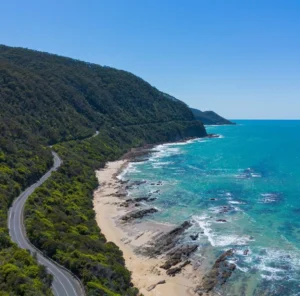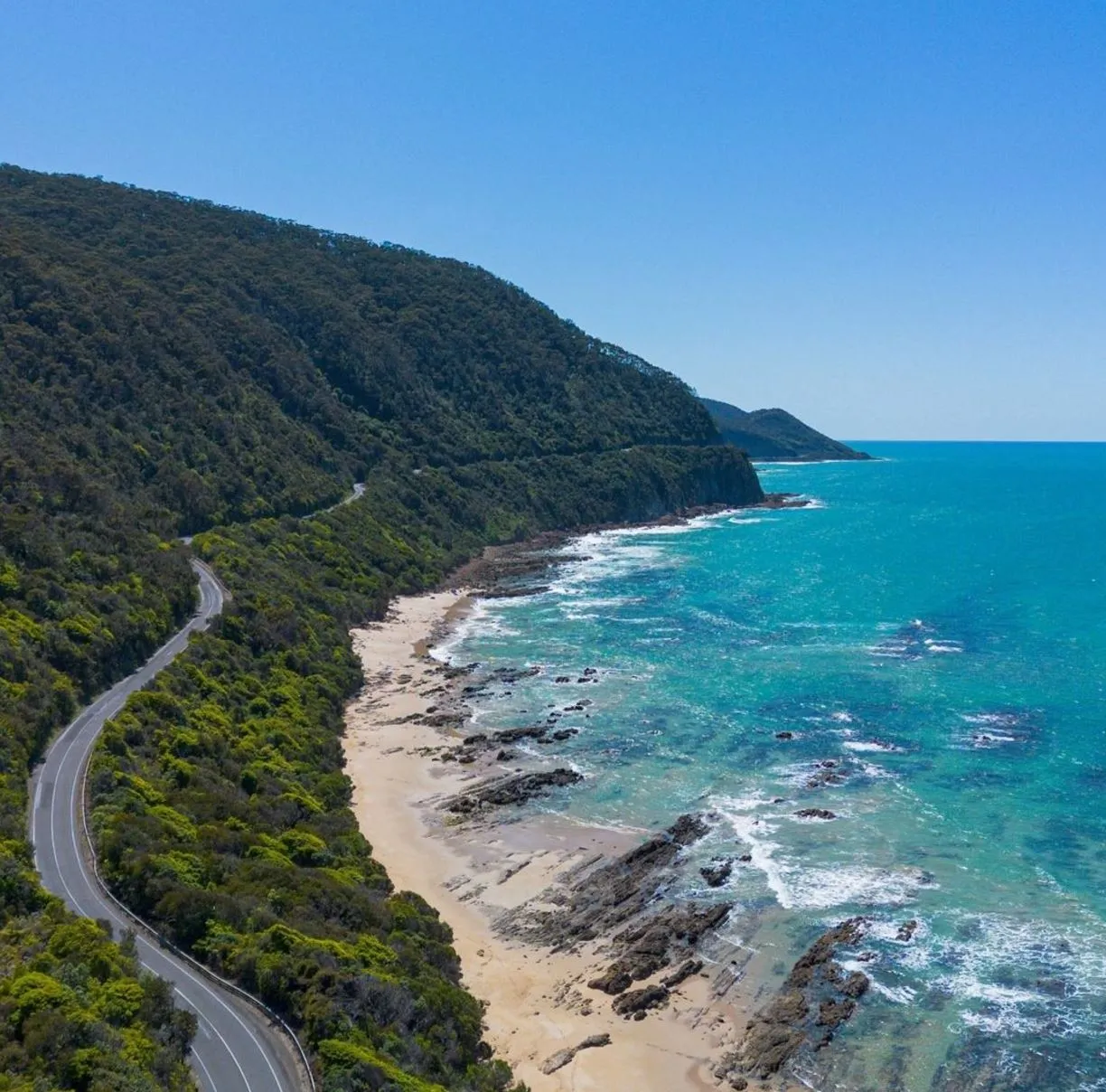
The Great Ocean Road is one of Australia’s most famous destinations, with stunning views, beautiful beaches, rainforest and cliffs. If you want to have an adventure of a lifetime this drive has wildlife, scenic stops and natural habitats. Whether you’re starting your Australian road trip from Melbourne or doing a day trip the Great Ocean Road is a must see with history, scenery and wildlife.
You start in the city of Melbourne and head towards the coast, which is the Great Ocean Road. You’ll quickly leave the city behind as you hit the coast and have your first views of the beaches and cliffs that will feature throughout your journey.
Bells Beach: Surfing and Coastal Views
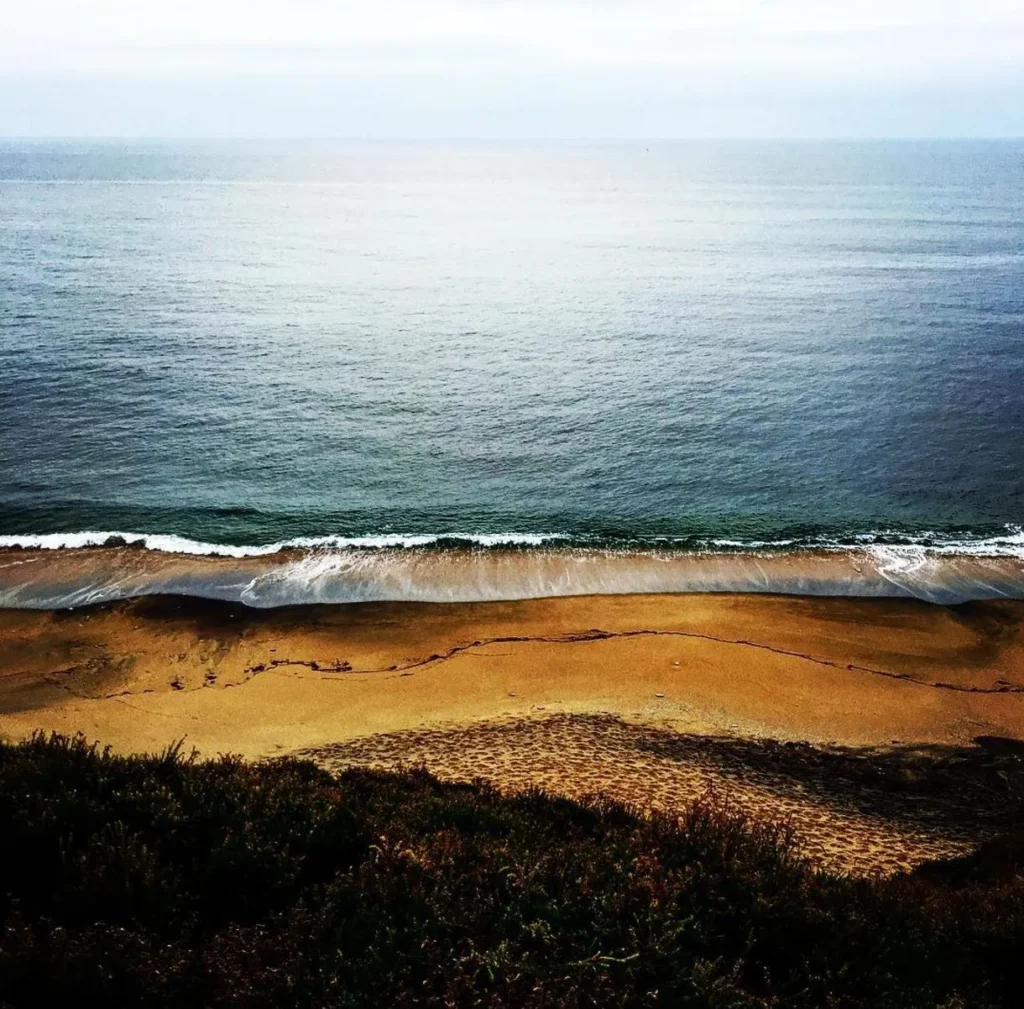
The first stop on most Melbourne Great Ocean Road tours is Bells Beach, famous for its surf. Even if you don’t surf, the views from the cliffs above the beach are worth the stop. This part of the coast is lined with Eucalyptus trees, and you’ll often see kangaroos in the grasslands surrounding the beach. Whether you’re an adventure seeker or a photographer, this is the perfect place to start your coastal journey.
Apollo Bay: A Beachside Town
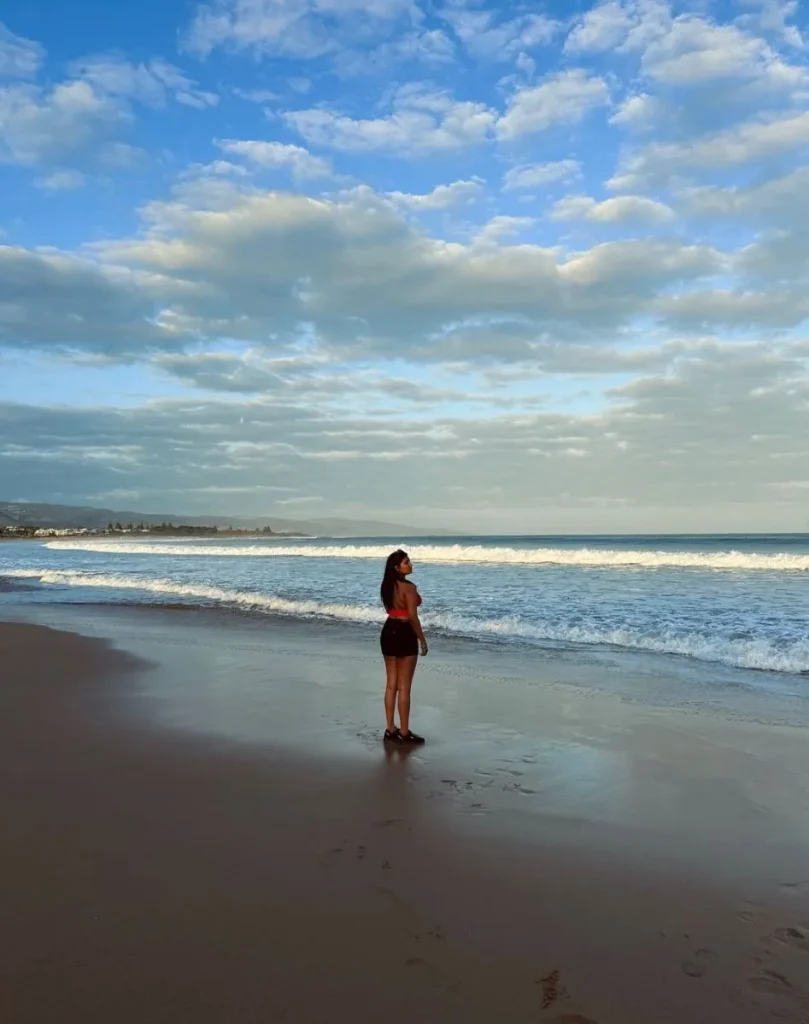
As you continue the drive, you’ll pass through the beachside town of Apollo Bay. Famous for its beautiful beaches and fresh seafood, this is the perfect place to stop and break up the drive. It’s a great place to stop for lunch, with plenty of waterfront cafes serving up local treats. If you’re lucky, you might see some of the native wildlife, birds, and even seals. Apollo Bay is also the gateway to the Otway Rainforest and Great Otway National Park.
Great Otway National Park
One of the highlights of your Great Ocean Road trip is a detour into Great Otway National Park, home to some of the oldest temperate rainforests in the world. This lush green oasis has walking trails through ancient rainforests where you can see the giant tree ferns and hear the calls of the Australian animals that live here. The park is a nature lover’s paradise with waterfalls, wildlife and perfect photo opportunities under the shade of the ancient trees. Make sure to visit the Gibson Steps, where you can descend the cliffs for beach-level views of the rock formations.
The Twelve Apostles: Australia’s Famous Rock Formations
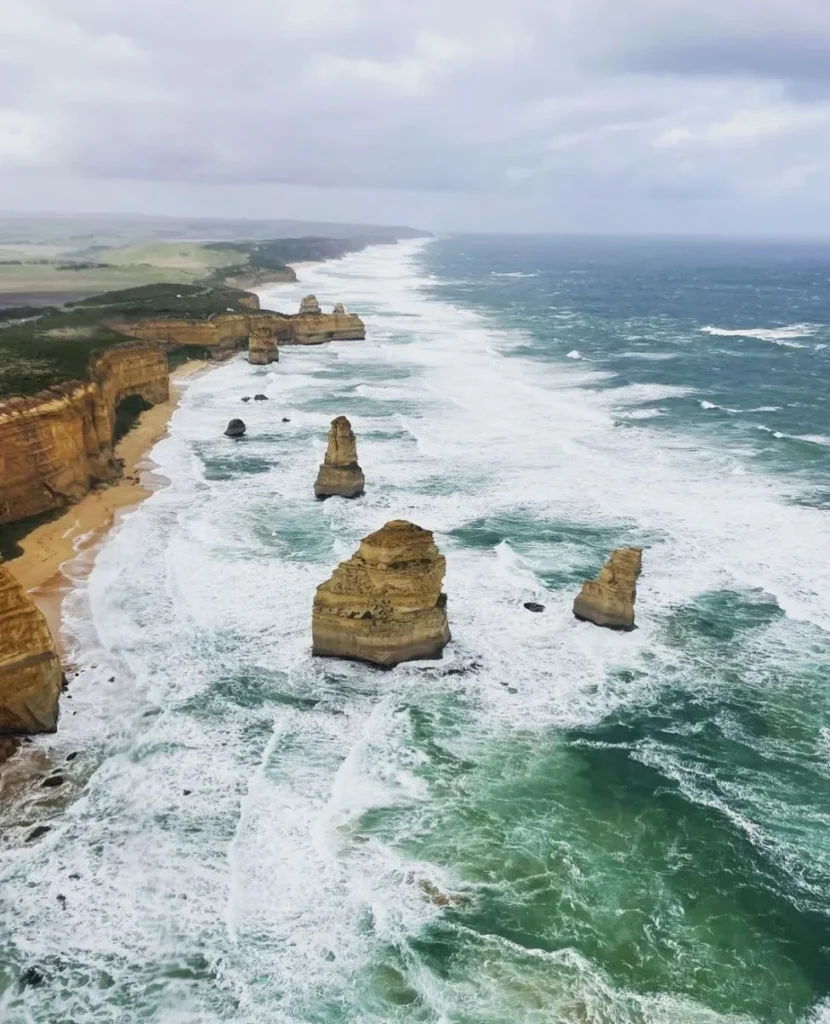
No Great Ocean Road trip is complete without a stop at the Twelve Apostles, the most iconic part of the road. These massive limestone stacks rise up from the Southern Ocean and are breathtaking. For the ultimate experience, take a helicopter tour and see the Apostles and coastline from above. Apostles Helicopters offers tours that give you unobstructed views of the coastline and a new appreciation for the power of nature that created this landscape.
The Apostles Lookout is another must see, with panoramic views of the coast. For the ultimate experience visit the Apostles at sunset when the golden light turns the landscape into a surreal coastal wonderland.
Loch Ard Gorge and the Shipwreck Coast
Just a short drive from the Twelve Apostles is Loch Ard Gorge, a site rich in the history of one of Australia’s most famous shipwrecks, the Loch Ard. The area is part of the Shipwreck Coast, where over 50 ships have met their fate along this treacherous coastline. Walk along the rock formations and hear the stories of survival and tragedy that make this place so significant.
London Bridge: A Natural Wonder
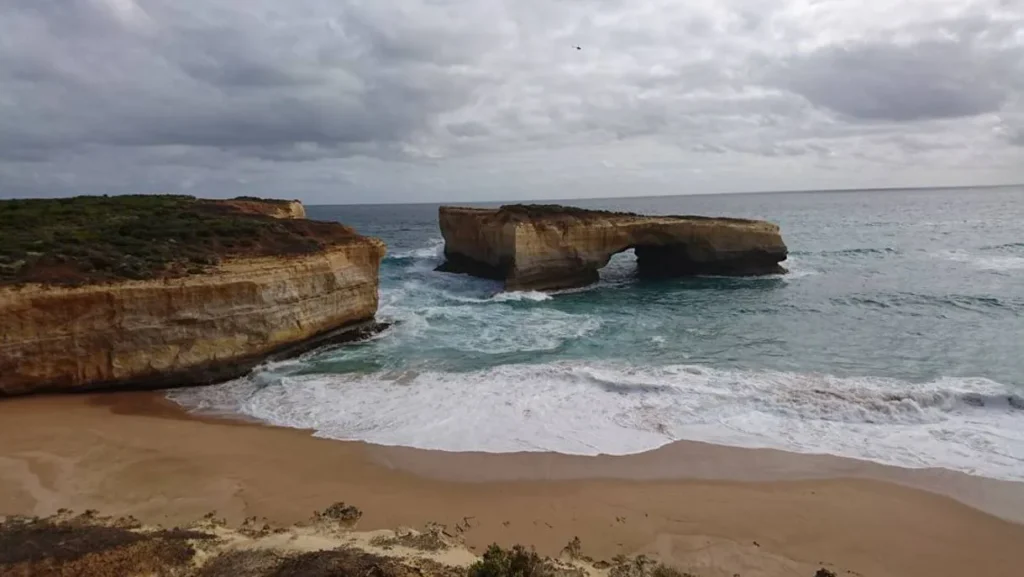
Another natural wonder along the Great Ocean Road is London Bridge, a unique rock formation eroded by the ocean’s waves. The views here are amazing and great for photos. It’s also a good spot for wildlife spotting, you might see Australian wildlife such as seabirds or even seals resting on the rocks.
Kennett River: Koalas and Wildlife Encounters
Kennett River is one of the best places to see wild koalas in their natural habitat. This little stop along the road is a wildlife enthusiast’s favourite. The wildlife encounters here are unforgettable as you walk along the trails and see koalas in the Eucalyptus trees. Bird lovers will also love the opportunity to feed the native birds that live in this area, such as lorikeets and parrots.
Port Campbell National Park: Cliffs and Wildlife
As you go further, you’ll enter Port Campbell National Park, where the cliffs are a big change from the rainforest you saw earlier in the day. This part of the National Parks system has lookouts and quiet beaches. If you’re lucky, you might even see some Aussie animals in the distance or on a guided wildlife tour with certified wildlife handlers.
Port Fairy
Next is Port Fairy, another pretty town with beautiful beaches and history. Take a walk along its streets with colonial architecture or relax on the beach. If you’re on a multi-day tour like 2 day Great Ocean Road tour, Port Fairy is a good place to stop for the night before continuing on.
The Grampians: Optional Extension
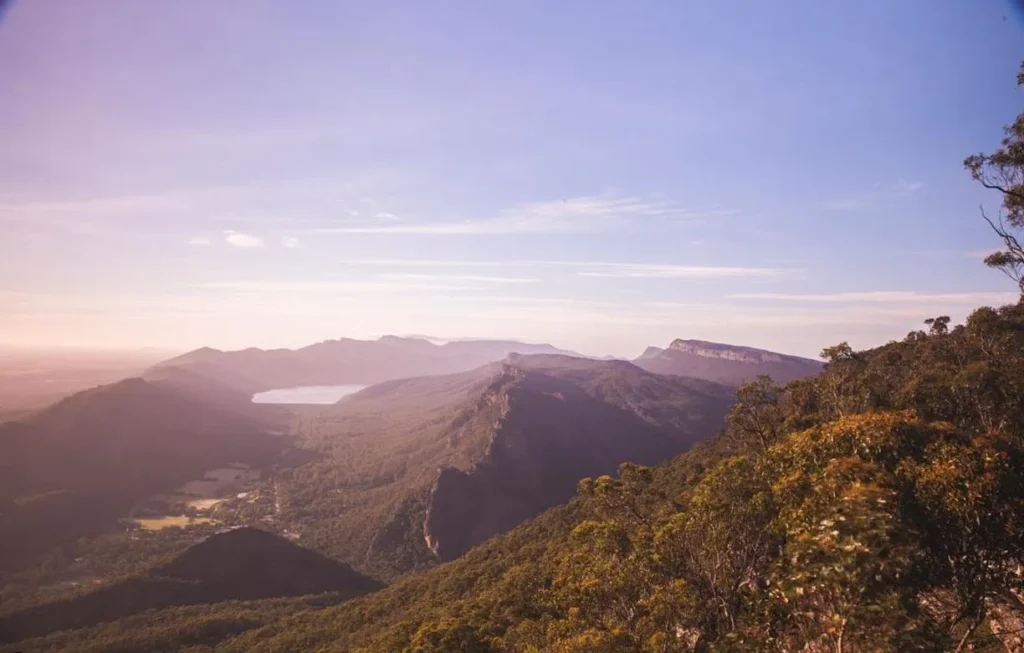
If you want to extend your adventure, consider combining your Great Ocean Road tour with a trip to the Grampians National Park. This Grampians tour is a totally different landscape, with mountain ranges, rock formations and bush walks. The Grampians are also famous for their indigenous culture, and you can learn more about the area’s Aboriginal history through guided tours.
Booking and Cancellation Terms
When booking your Great Ocean Road tour make sure you read the booking conditions, including cancellation policy, cancellation fee and cancellation terms. Some tours offer a credit travel voucher if cancellation is necessary due to external events like bad weather. Always check the cancellation conditions at time of booking and consider adding personal cancellation insurance to cover any non refundable costs.
Guided Tours vs Self-Drive
Some people like to drive the coastal road themselves. Others prefer to book a guided tour and just relax. Autopia Tours and Wildlife Tours Company are two of the top operators that offer private tours and group tours so you can enjoy the views in comfort. Guided tours often include extra stops like Yarra Valley Wine Tour and access to more secluded parts of the Otway Rainforest. They also provide bottled water, regular toilet stops and special diets for all types of travellers.
Weather
The weather on Great Ocean Road can be unpredictable, and sometimes, tours may be delayed or adjusted due to weather conditions. Be prepared with clothing for the sun and rain. Tours will run in the rain, but it’s always good to know the alternative departure options. In summer, the average temperature is 15°C to 25°C, perfect for beach and coastal exploring.
The Great Ocean Road is an experience like no other, beaches, ancient rainforests, wildlife tours and stunning coastal views. Whether you’re looking for a Day Trip or a longer tour the adventure along this iconic road is guaranteed to be amazing.
FAQ
How long is the Great Ocean Road tour from Melbourne?
Most day tours are 12-14 hours. If you do a private tour or extended tour you can overnight in places like Apollo Bay or Port Fairy.
What to bring?
Comfortable shoes, jacket, sunscreen, hat, water bottle and camera to capture the moment. Don’t forget to bring a face mask if required.
Are the tours suitable for all fitness levels?
Most tours are suitable for all fitness levels, but some hikes or walks, like those in the Otway Rainforest or Grampians, may require a moderate level of fitness.
Can I see wildlife on the tour?
Yes! Wild koalas at Kennett River and various native birds along the Great Ocean Road.
When is the best time to visit the Great Ocean Road?
The road is beautiful all year round. But spring and autumn are the best times to visit for a relaxing drive and outdoor activities.


